We know that this Halloween will not look like other Halloweens from years past. And yet, the month of October waits for us all the same. It is about time we put the spirit of Halloween back into that abandoned department store that we call the year of 2020. So to celebrate, we at Full Circle Cinema put together a curated, month-long series called Screen Screams. This time, we will be covering all things zombies. In this installment, we’ll be covering the third entry into George A. Romero’s original Dead trilogy, Day of the Dead.
In 1978, George A. Romero did the impossible: follow up on his defining zombie feature Night of the Living Dead with the equally revered Dawn of the Dead. By the time 1985 rolled around, the pressure was on for Romero’s follow-up, Day of the Dead, to do the same. Romero set the bar sky-high with the claim that this film was to be the “Gone with the Wind of zombie films”.
As they are prone to do, the studio made matters complicated. They slashed the budget in half, causing Romero to heavily rethink the concept of his film. Moreover, Romero insisted on releasing his film unrated to preserve the gory goodness. This insistence led to an incredibly limited theatrical release. Those who did get to see the film were underwhelmed, and it became the black sheep of the “Dead” franchise.
It’s funny how time changes things. From a modern lens, Day of the Dead towers above the rest of Romero’s filmography, and most films in the zombie subgenre. Giving it a rewatch, it’s hardly difficult to see why. Despite the difficulties in production and its initial reputation, Day of the Dead is a top-to-bottom perfect picture in all respects. And like the best of horror, it all starts with the character work.
Night of the Living Dead tackled racism. Dawn of the Dead struck a blow to consumerism. Day of the Dead takes it one step further by trying to encapsulate the very need for understanding between humankind to survive potentially world-ending circumstances, or more broadly life in general. Of course, there’s a more immediate theme at the start: gender. More specifically, gender roles; the tightening grip of the patriarchy.
Dr. Sarah Bowman (Lori Cardille) is the most competent person in the underground research facility at which she’s stationed. She’s also the only woman. Cardille brings the fire to her performance, avoiding being a “strong action heroine” archetype by characterizing Bowman as someone with a deep commitment to saving humanity as she works with Dr. Matthew Logan (Richard Liberty) to try and understand the undead creatures that have overrun much of the world.
She has her allies in the kindly John (Terry Alexander) and Bill (Jarlath Conroy) and tends to the PTSD-ridden Miguel (Anthony Dileo Jr.). Her attempts to maintain order are constantly dashed by the “leader” of the facility, Captain Henry Rhodes (Joseph Pilato). Rhodes is a fantastic villain. Slimy. Egomaniacal. Controlling. Violent. He and his military men’s attempts to establish “order” in the compound only sow dissent.
Romero’s dialogue is better than it ever was. Through pointed, deliberate statements made by characters, he conveys tension between the delicate nature of science and brutish military tactics. An undercurrent of misogyny that’s never outright stated colors Rhodes’ interactions with Bowman. This is Romero’s strongest directing work, as well. Partnered with cinematography from Michael Gornick that emphasizes the bright colors of the uniforms of the bombastic characters against the oppressive grey walls of the facility, along with a score from John Harrison chock full of synthesizer-based fright, Romero underlines the delicate nature of the situation. Any given moment in this bunker is an opportunity for Rhodes and his men to blow the whole thing sky high. Romero has shown us the bomb, now we’re just waiting for it to go off.
In total honesty, this would be a premiere character drama without the zombies. However, since we’re covering this film as part of our zombie series, you know there will be zombies. And Romero and company do not let up. Day of the Dead annihilates any previous incarnation of the living dead with revolutionary effects work and a continued exploration of the zombie itself.
The legendary Tom Savini really came to play with his work on this one. His work on Day of the Dead is on the level of his much-lauded work on Maniac, Friday the 13th, and, of course, Dawn of the Dead. Whereas the minimalist creatures of Night and the more-slapstick night stalkers of Dawn have their place in horror history, Day of the Dead is what I think of when I think of a zombie.
Their decaying, ghoulish visages pierce through the celluloid. The opening image of a zombie without a jaw whose tongue slowly droops out of them lives within my head. Bright red blood and slow tearing of flesh, and the complete dismantling apart of the human body, accomplish what the mind wanders to whenever the concept of zombies comes up. They’re terrifying movie monsters that the film takes seriously. But it also dares to find the humanity in them.
Savini gifts the zombies with an unforeseen spark of life. As they evolve and start to recognize things from their past, there’s hope that we may be able to co-exist with these creatures. Romero plays on this, having our protagonist confront the issue rather than simply trying to make do. Running isn’t an option. Scenes where Doctor Logan manages to coax the humanity out of his zombie subject “Bub” (Sherman Howard) inspire the idea that there may be a way back; an establishment of a new humanity within these creatures.
Then again, Logan’s work opens up some moral queries upon the discovery that he has been feeding dead soldiers to Bub. He experiments on the fallen ones. Is it worth it to throw away your ethics for the good of humanity? It’s just another hard-hitting dilemma the film piles on top of the rest, until all of them collapse in on itself, resulting in a cathartic, surprising finale.
In 1968, Night of the Living Dead created the modern zombie by putting humans together in an enclosed location. In the process, Romero probed what it meant to be human. As more and more zombie films came out, the concept deepened. With Day of the Dead, I believe Romero said all that needed to be said about humanity and zombies. It’s his magnum opus, and the genre could’ve ended here on the highest note possible. –James Preston Poole
Rating: 10/10
Day of the Dead is available on home video and digital HD.

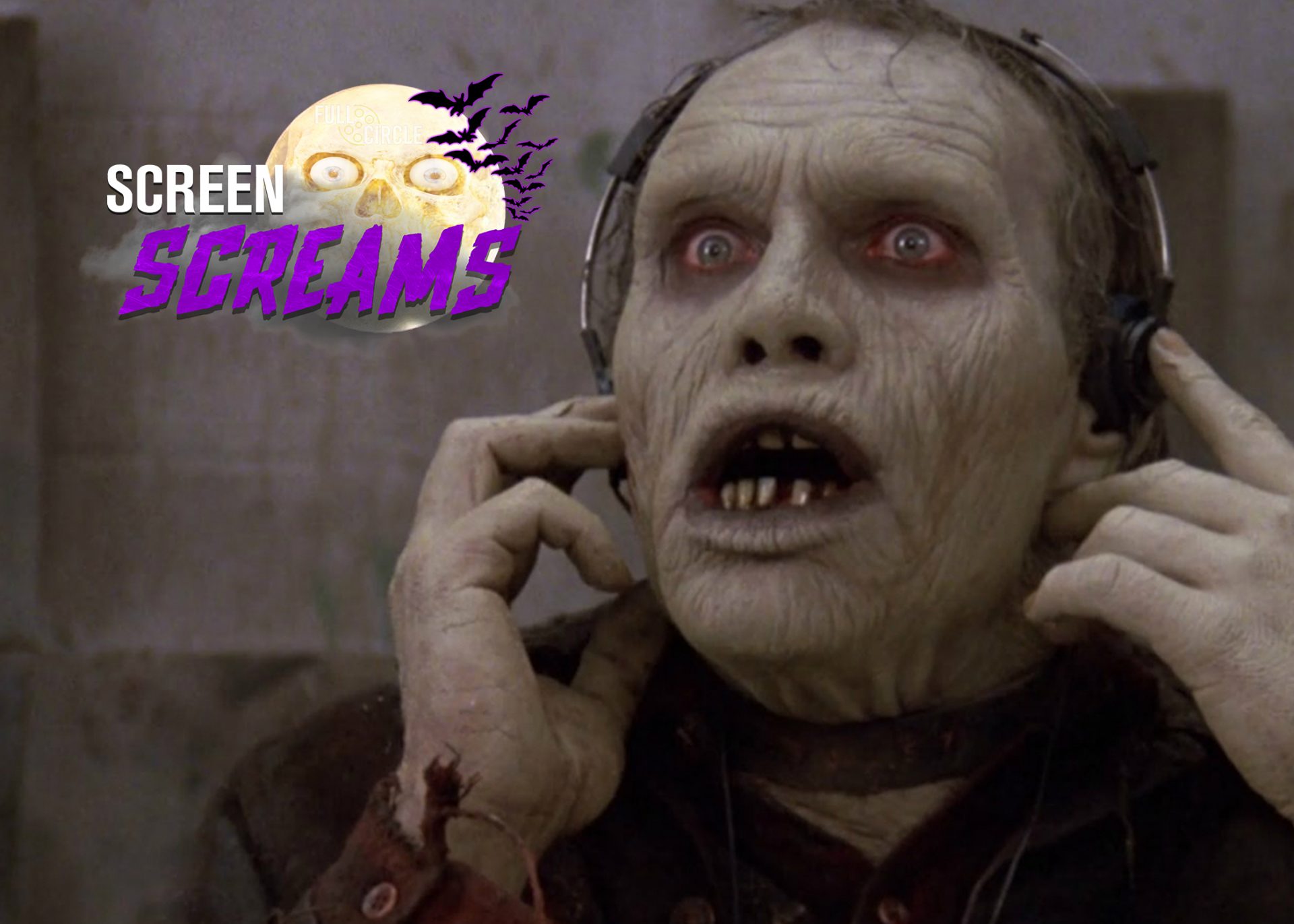
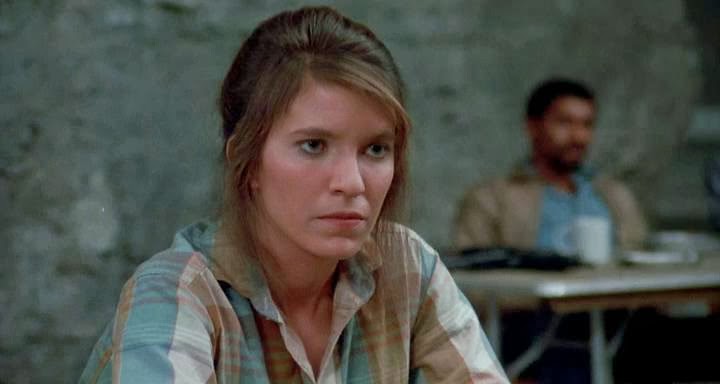
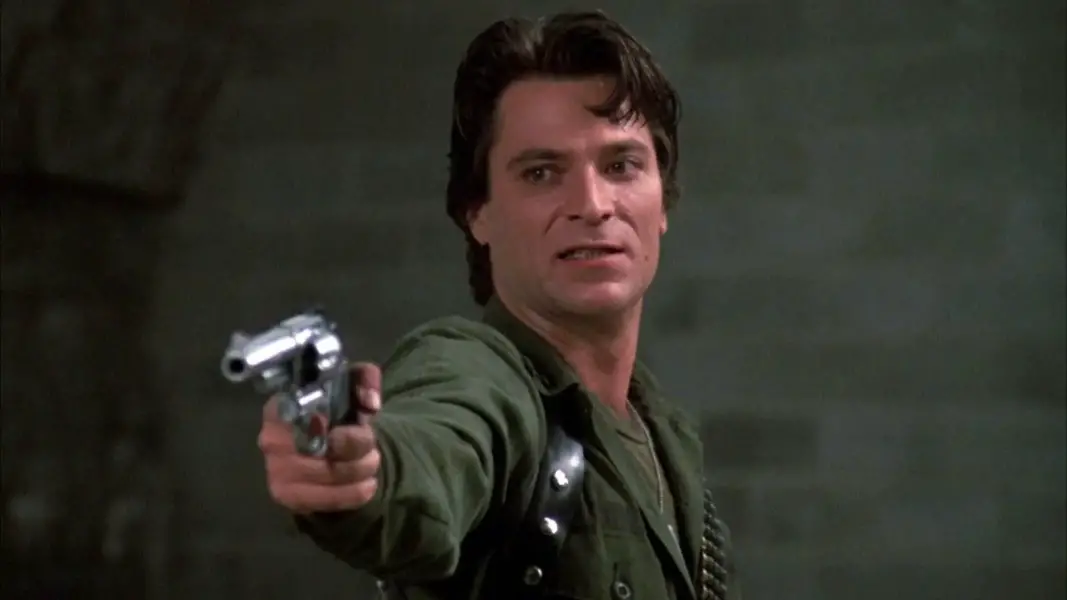
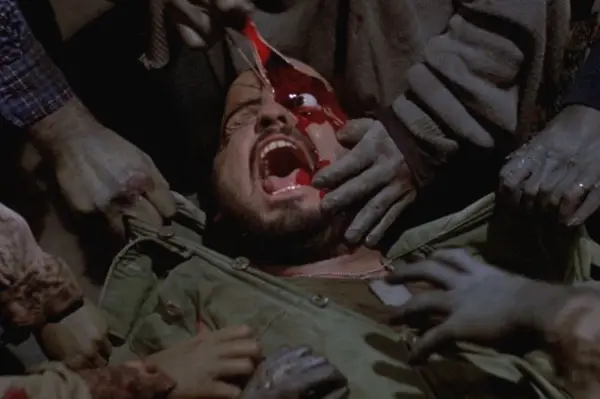
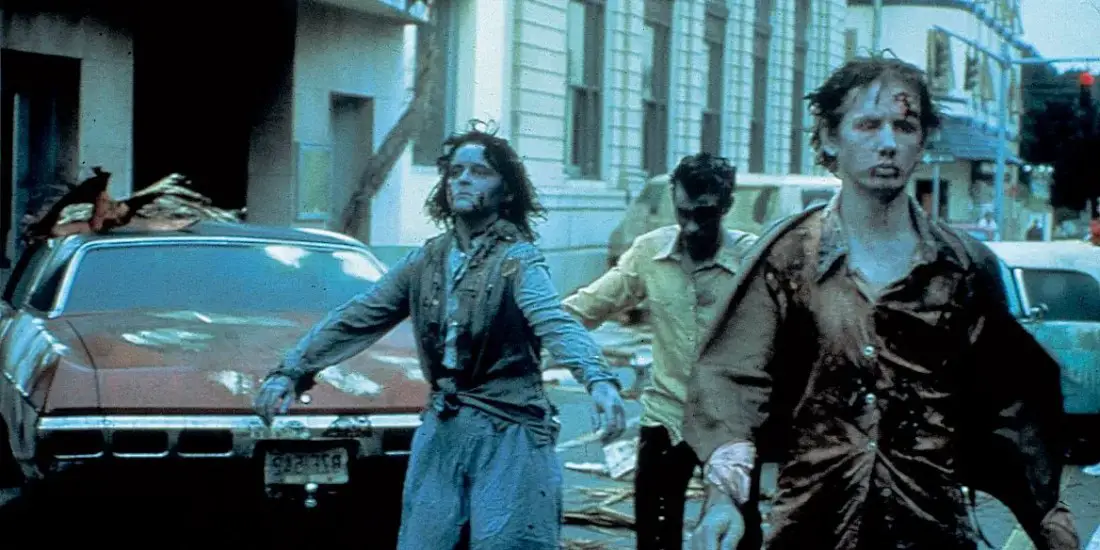
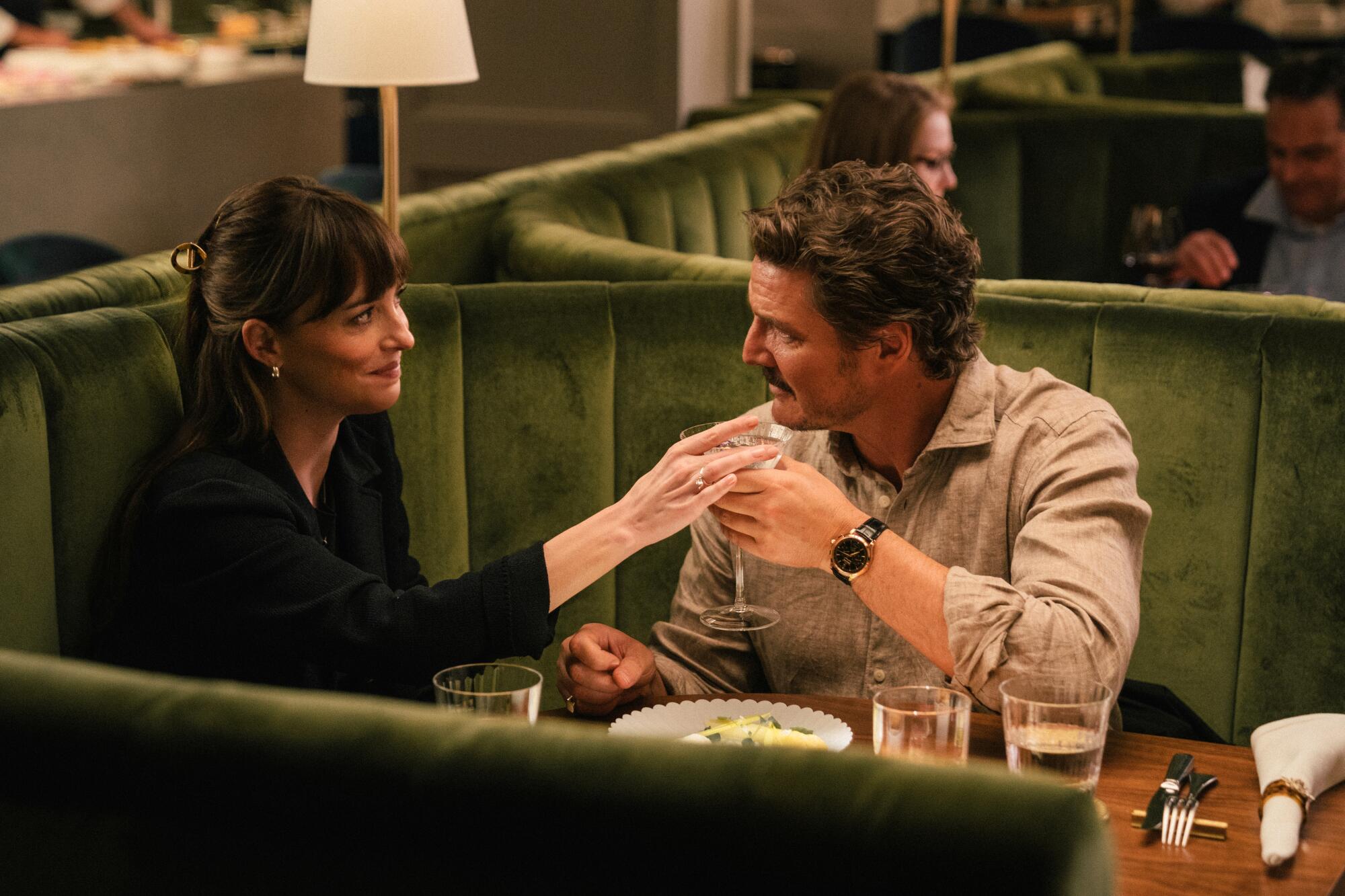
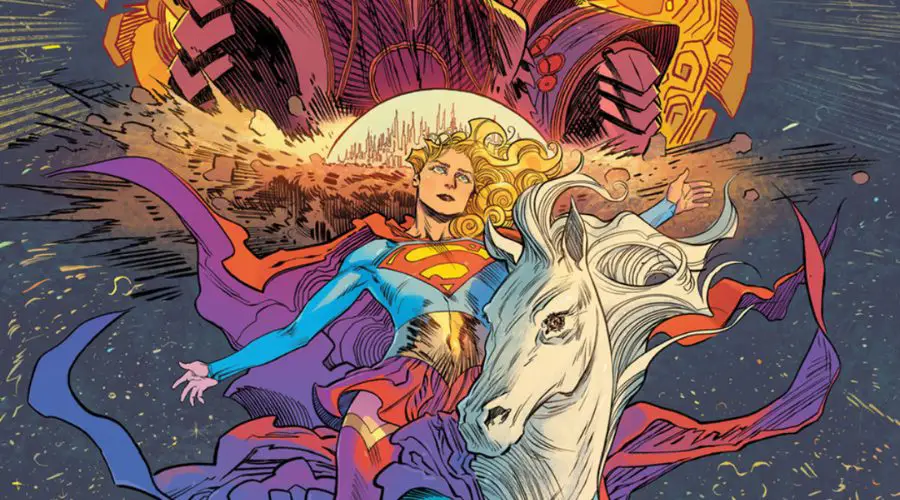
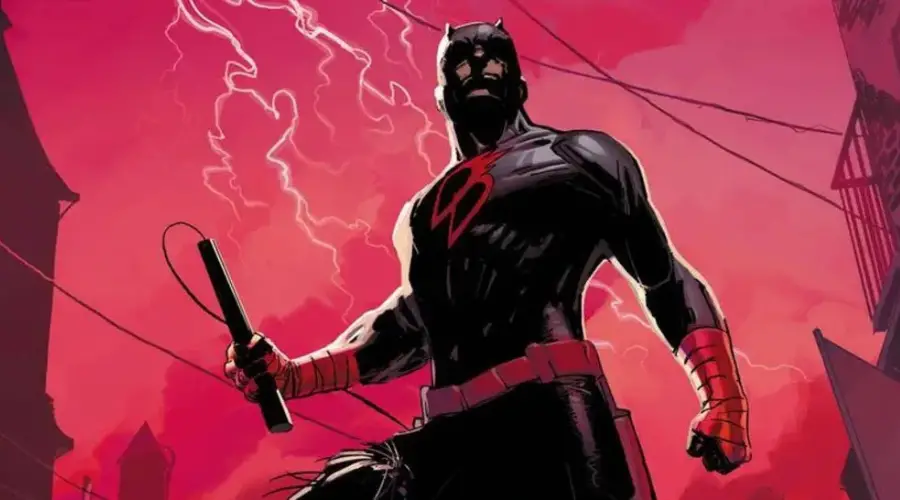
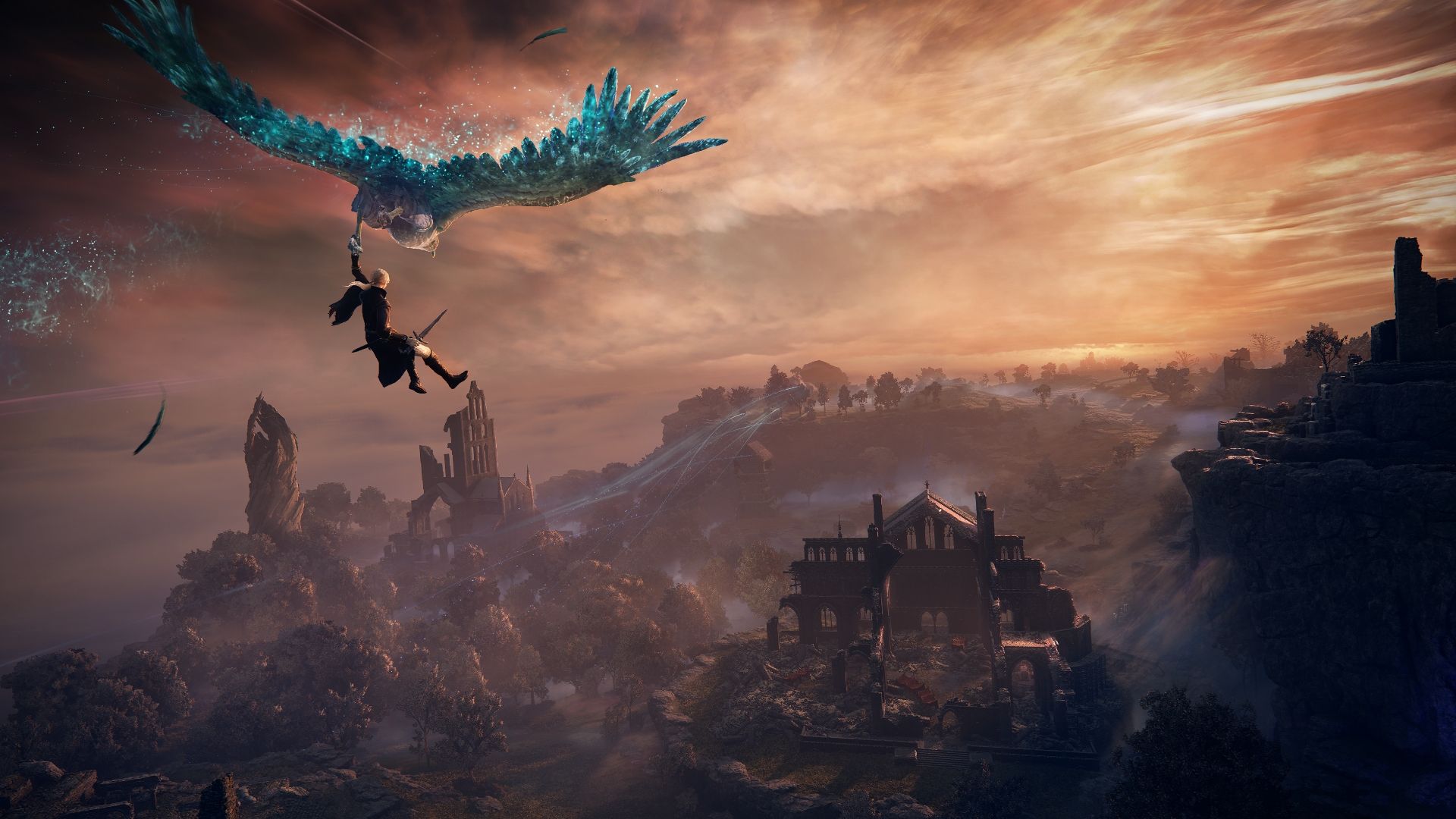
Leave a Comment